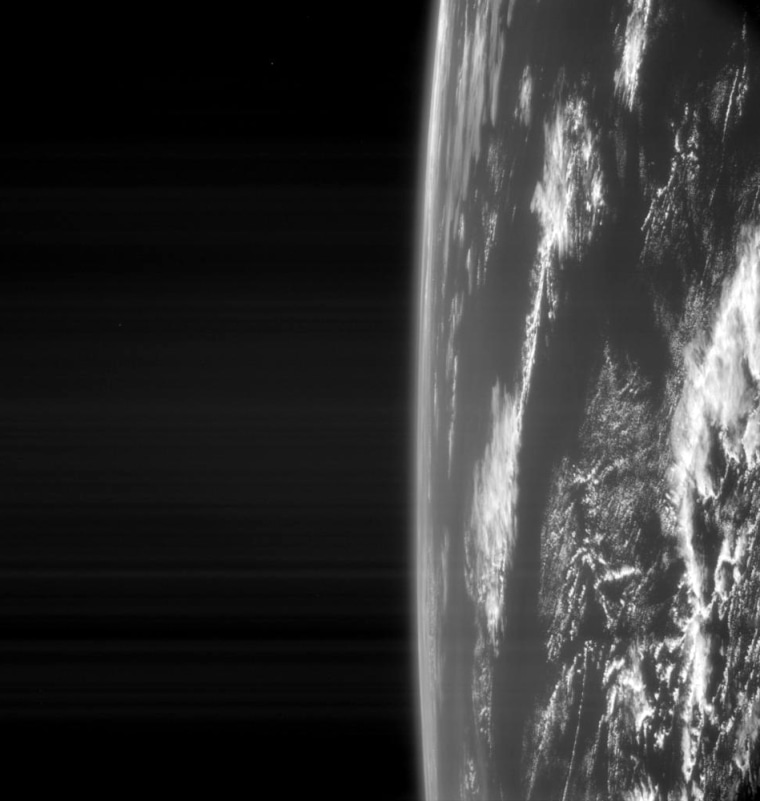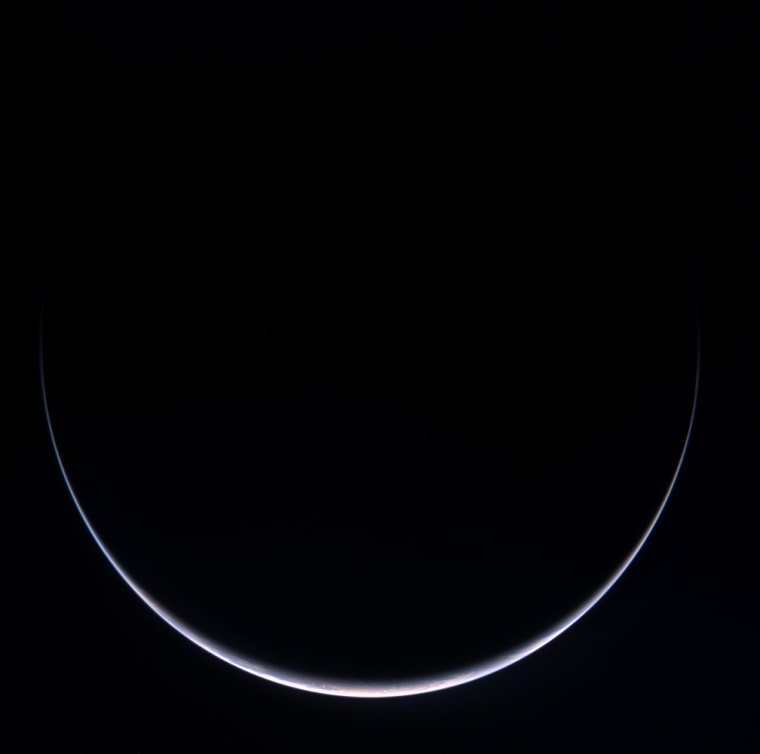A European probe hunting down a distant comet has beamed back the first images of its Tuesday swing by the planet Earth.
The European Space Agency's (ESA) Rosetta spacecraft flew past Earth for the second time at about 3:57 p.m. EST to nab a speed boost for the 4.4-billion-mile trek to the comet 67/P Churyumov-Gerasimenko.
"The spacecraft will now be catapulted towards the outer solar system with its newly-gained energy before coming back to Earth for another boost," ESA officials said in a post-flyby announcement.
Rosetta's first images of its second Earth flyby were recorded by the probe's navigation camera and other instruments to reveal its home planet in color and a crescent moon in stark black and white. Views of Graham Land, Antarctica and a monochrome look at the limb of the Earth were among pictures released today.
According to its flight plan, Rosetta will turn its camera eye on the moon as it departs Earth today. As the probe flies further out, it will look back at the Earth-moon system, mission managers said.
Tuesday's Earth flyby brought Rosetta within 3,290 miles of the planet's surface and marked Rosetta's third planetary pass to gain a gravity assist for its planned 2014 comet rendezvous. The probe carries a small lander, dubbed Philae, designed to touch down on 67/P Churyumov-Gerasimenko to take a closer look at the icy wanderer.
The probe launched in March 2004 and first flew by Earth one year later before swinging past Mars on Feb. 27 this year. The flybys allow Rosetta to steal a bit of speed from the orbital momentum of each planet as it uses gravity to slingshot across the solar system. It was flying at about 27,961 mph as it left the Earth late Tuesday, officials said.

Rosetta will return for yet another Earth boost Nov. 13, 2009, after visiting an asteroid called Steins in September 2008.
Rosetta researchers, meanwhile, are looking forward to sifting through the data collected by the comet probe's instruments during the Earth flyby, the ESA said.
